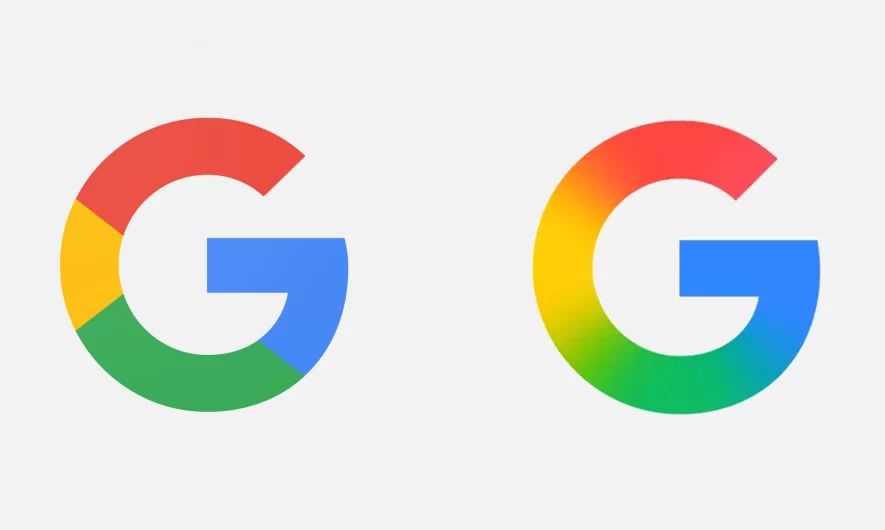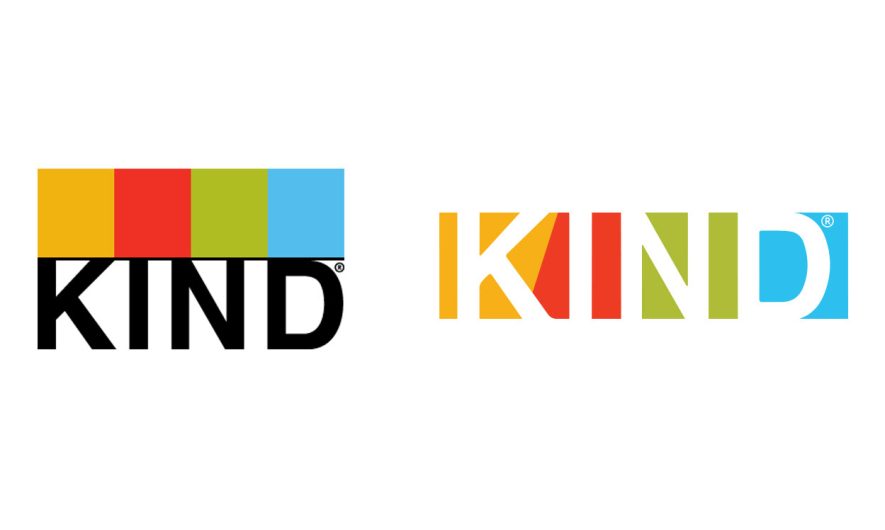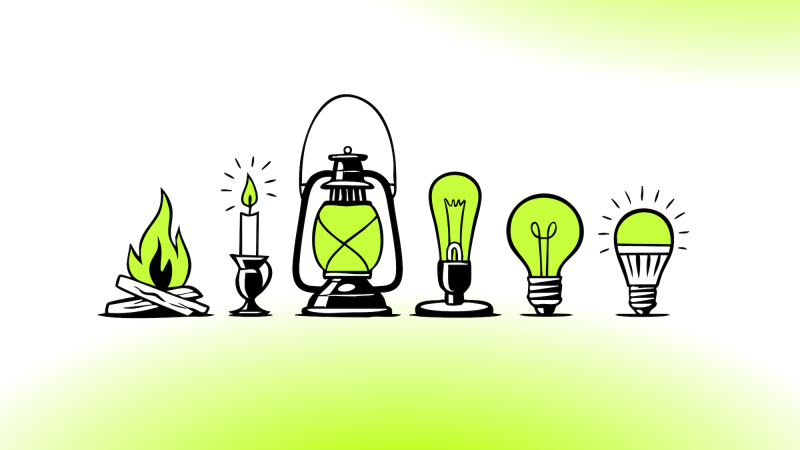What’s changed? Branding and the trend of minimal makeovers.
Topic
The trend of minimal makeovers.5 mins read
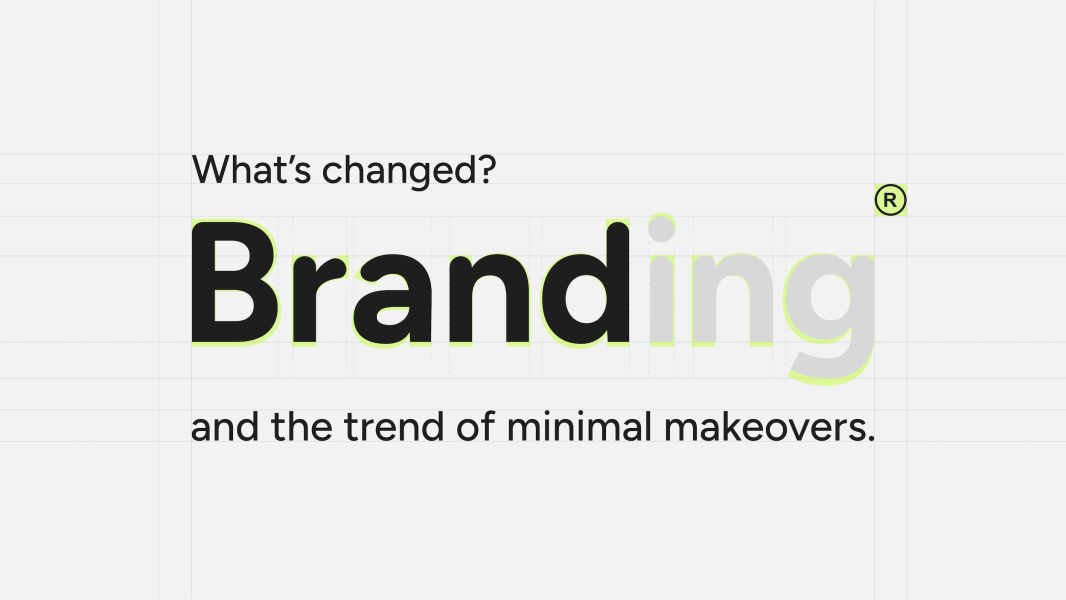
Remember that infamous meme about Japan’s dramatic flag redesign in 1999? For those who missed it, the “before” image is a white rectangle with a red circle in the centre. The “after” – also a white rectangle with a red circle in the centre (apparently a little redder and centred more precisely). While there was obviously more to this change from a historical and political perspective, it’s largely become the flag bearer (excuse the pun) for revolutions in design minimalism.
Fast-forward to today and it seems Japan might have been ahead of the curve. Google, Kind and HBO have all recently rebranded, but in a way that makes you squint and mutter under your breath: “What’s changed?” These recent rebrands are starting to remind us of an optician’s exam: “Better one… or two? One… or two?” The changes are incredibly minor. Slightly tweaked kerning here, a softened corner there. Unless you’re a typography nerd or brand expert, you might even miss them entirely.
So why are brands seemingly playing it safe?
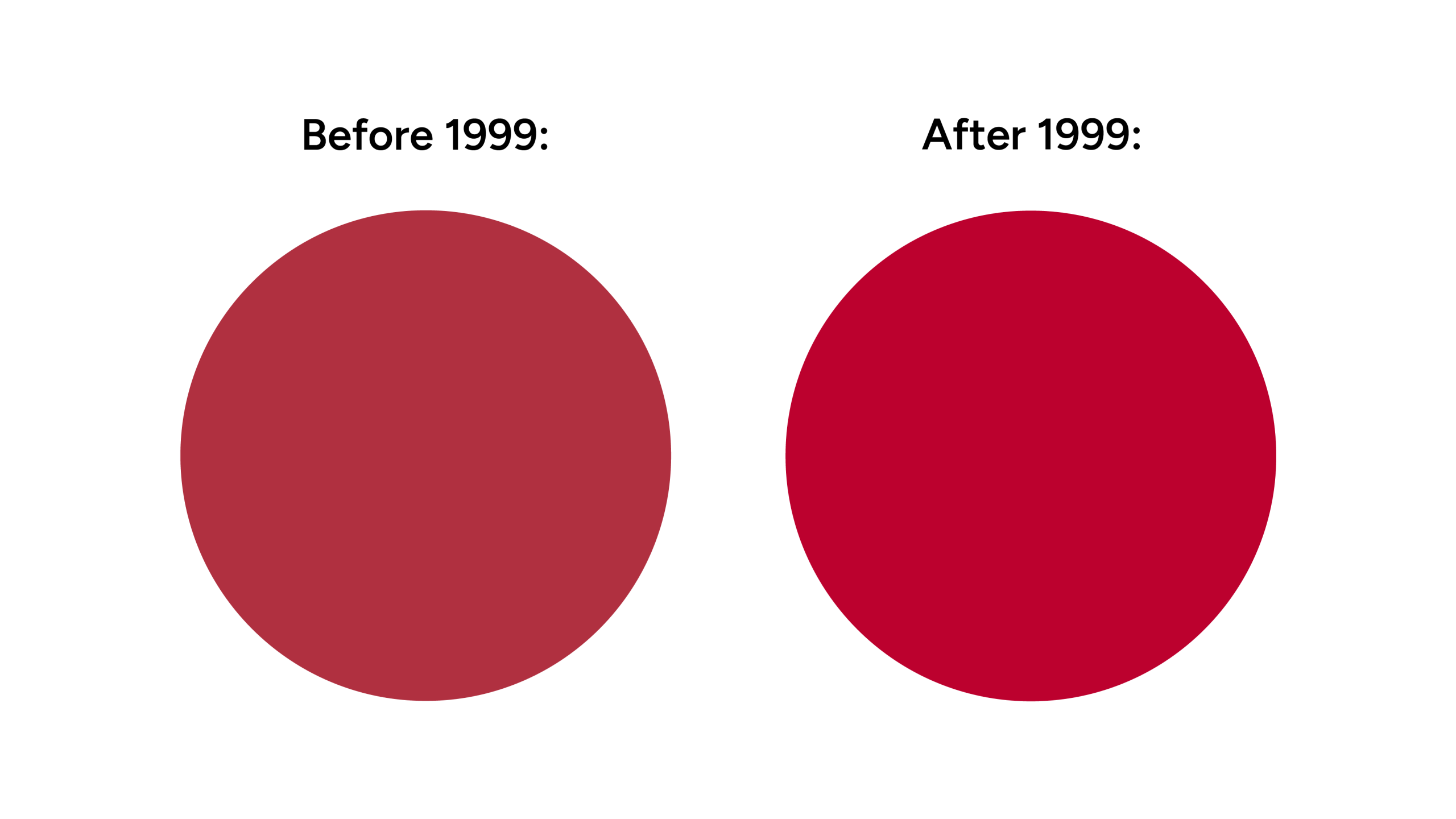
Consistency is king.
This is an obvious one, but big brands like Google and HBO are cultural institutions. They’ve spent years (and billions) building brand recognition. Making drastic changes risks losing familiarity. And if the brand is still performing or isn’t caught up in controversy (we’re looking at you Evri, formerly Hermes) then what’s the point? Don’t fix what isn’t broken. It’s like changing the intro music to Friends. You just don’t.
Design evolution, not revolution.
Small changes help modernise a brand without alienating anyone. Fonts get cleaner, logos flatter (because the 3D embossing phase of the 2000s is now rightfully buried) and the overall look becomes more versatile for the growing number of digital uses.
Fear of online backlash.
Unless you’re Elon Musk and X, brands will be wary of the savage social media landscape, ready to rip anything and everything to shreds the moment it’s unveiled to the world. Let’s face it: if a major brand dares to make a drastic change, the internet is always ready with sharpened pitchforks, so we can probably forgive brands for being extra cautious, spending copious amounts on market research to help inform decision-making. But is media attention and backlash always a bad thing?
Go big or go home.
Last year, Jaguar said “sod it” and opted for a full facelift. The brand ditched its leaping-cat logo and sleek script for a bold, stripped-back wordmark that looked more like a tech startup than a luxury carmaker. Why? Because Jaguar wanted to pivot towards EVs and appeal to a younger, eco-conscious crowd. While the rebrand’s controversial nature led to some backlash, it also resulted in increased online engagement, brand consideration and, ultimately, a substantial increase in brand visibility.
Pros and Cons.
Tiny tweaks:
Positives
Maintains brand recognition, feels safe, lower risk of backlash
Negatives
Feels underwhelming, may go unnoticed, might not reflect deeper organisational changes
Wholesale changes:
Positives
Signals a bold new direction, grabs attention, aligns with major shifts in brand positioning
Negatives
Risky, expensive, potential backlash, could alienate loyal customers
So, what’s the move?
If a brand is changing significantly, whether that’s through a new mission, a new audience or a new product, then a bold rebrand might be warranted. But if you’re still Google, still HBO and still doing what people expect, a minimalist refresh can convey “we’re evolving, not panicking.”
To wrap up, whether you’re subtly shifting a pixel or setting your logo on fire, the goal is the same: to stay relevant without losing your identity. Just… maybe don’t be too subtle. Otherwise, the only people who’ll notice are graphic designers, branding consultants and the guy who made the Japanese flag meme.
